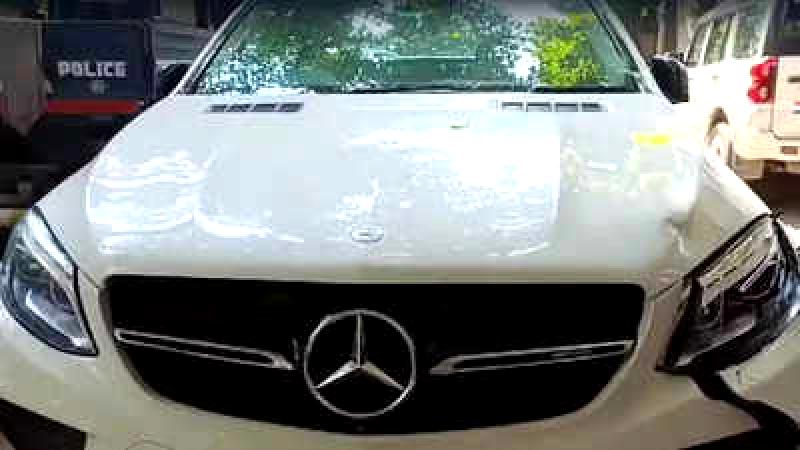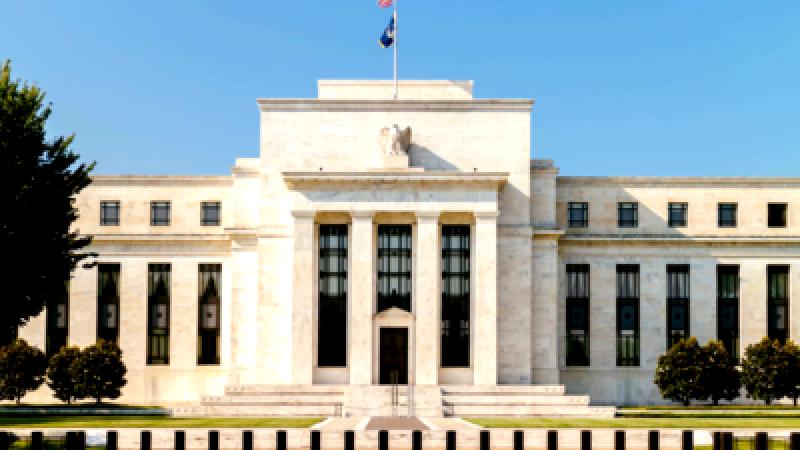
NEW DELHI: A dedicated gardener named Rajesh, who was the main provider for his family, suffered a tragic incident on Saturday. While cycling to work in Bhogal, he was struck and killed by a speeding car. This not only ended his life but also shattered the hopes and dreams of his wife and two children. Rajesh's premature death is just one in a series of similar incidents where drivers of unidentified vehicles are involved, leading to delays and challenges in legal proceedings. Surprisingly, over 40% of accidents in the city are caused by hit-and-run incidents or accidents involving unknown vehicles. Many drivers believe they can avoid legal consequences with the help of lawyers later on, while some flee due to fear of public retaliation.
A senior police official mentioned that fear of physical harm, financial repercussions, and legal complexities are common reasons for individuals fleeing the scene after an accident. To address this issue, it is important to go beyond the protections provided by the Good Samaritan law. By implementing effective enforcement measures, hit-and-run incidents can be reduced. Last January, thanks to joint efforts by traffic and local police, the number of fatalities from unknown vehicles decreased compared to the previous year.
Statistics show that numerous lives have been lost in fatal accidents this year, with the numbers expected to surpass previous records by August. Despite this, the current figures still remain lower than the previous year.During the period from January to May 2023, certain major roads in the national capital have witnessed a high number of fatal accidents. These include Ring Road, National Highway (NH) 24, NH 8, Rohtak Road, GTK Road, and Mathura Road. Previously, hit-and-run cases were prosecuted under IPC Section 304A, with a maximum penalty of two years' imprisonment. The recent implementation of Bharatiya Nyay Sanhita Section 106(2) has raised the maximum imprisonment term to 10 years. However, a lack of public awareness may be contributing to the ineffectiveness of this deterrent.











